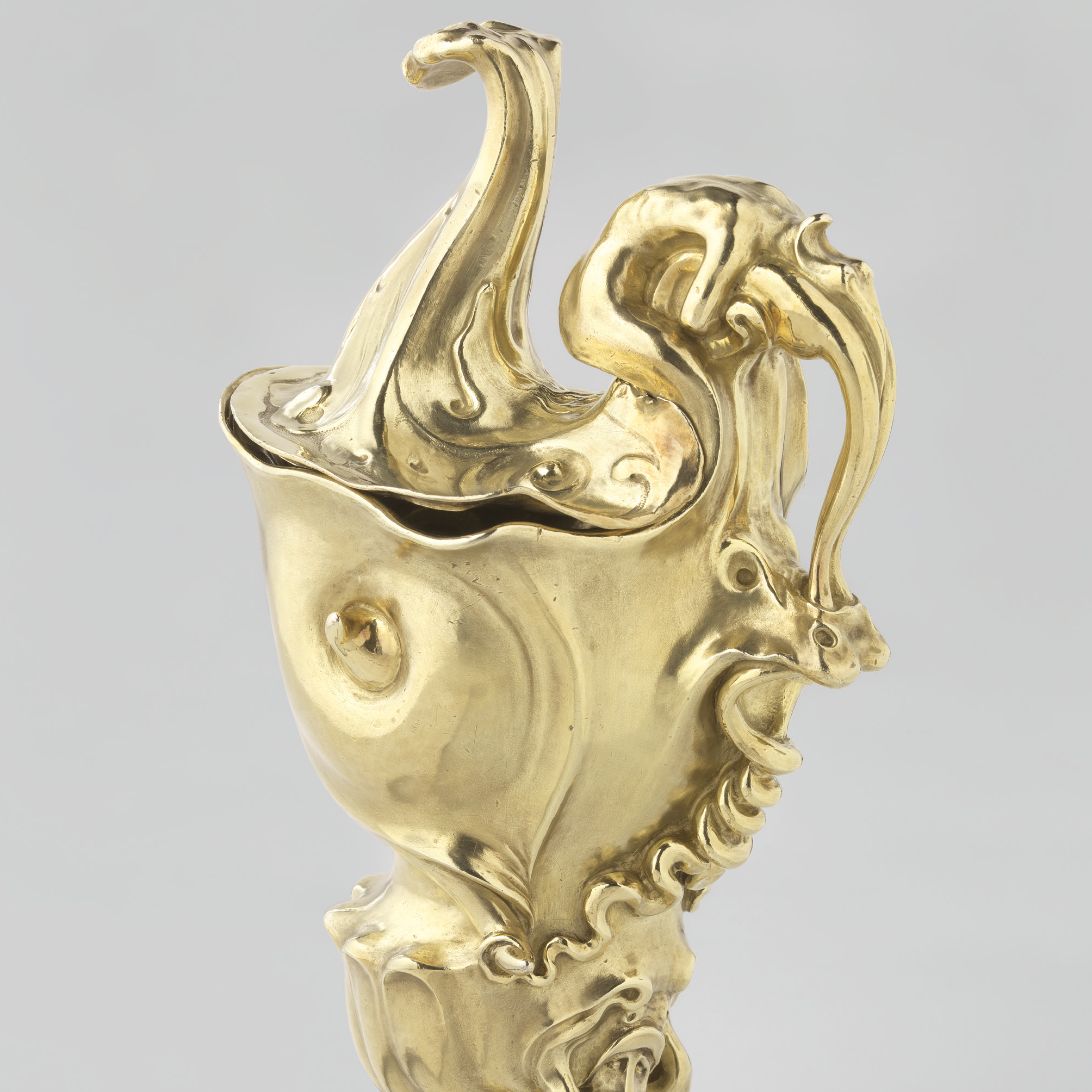Chaos & Creation: Adam van Vianen's Gilt Ewer
DOI:
https://doi.org/10.52476/trb.11048Abstract
With its bizarre melting surface and the solid forms emerging out of it, this seventeenth-century ewer by the goldsmith Adam van Vianen arouses curiosity and invites investigation. Commissioned in memory of his brother, Paulus van Vianen, who largely developed the auricular style perfected in it, this ewer is a work that rewards exploration – the more you investigate the more there is to see and be delighted by. The incredibly complicated construction of this piece attests to evident careful design and intent in every form in it, raising the question as to their individual meaning and the message they convey as a whole. This study answers the ewer’s call to curiosity by investigating the meanings of the individual forms and the commonalities that connect them as a group. The result is a surprising journey into the world of seventeenth-century alchemy, natural philosophy and Kunstkammers. Research into the iconographical meaning of both the visible forms and the folding surface in the context in which it was created has led the author of this analysis to conclude that the ewer functions as an allegory for the process of artistic creation, visualizing the artist bringing life into the world out of chaos.
Downloads







